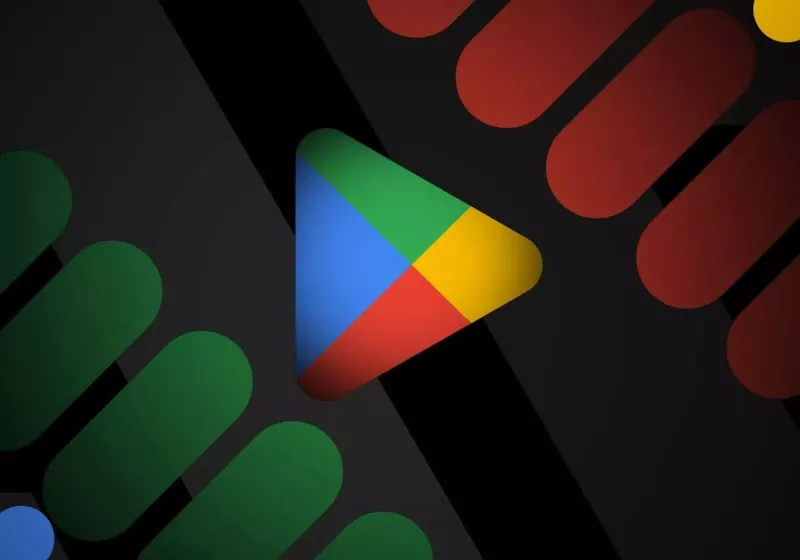Serving tech enthusiasts for over 25 years.
TechSpot means tech analysis and advice you can trust.
Facepalm: A Cybertruck owner has discovered what happens when you activate Tesla's latest Full Self-Driving system and fail to pay attention: the vehicle crashed into a pole after hitting a curb. Thankfully, the person behind the wheel was fine, and he blames himself for the incident.
Jonathan Challinger, a Florida-based software developer who works for Kraus Hamdani Aerospace, posted a photo of his Cybertruck looking a lot worse than the pole it collided with.
Challinger explained that he was running the latest FSD v13.2.4 software while traveling in a right lane. The Cybertruck failed to merge out of the lane, which was coming to an end, even though there was no one on the left. The vehicle made no attempt to slow down or turn until it had already hit the curb, sending it into a pole.
Soooooo my @Tesla @cybertruck crashed into a curb and then a light post on v13.2.4.
Thank you @Tesla for engineering the best passive safety in the world. I walked away without a scratch.
It failed to merge out of a lane that was ending (there was no one on my left) and made… pic.twitter.com/vpT4AGz8jZ
Despite narrowly avoiding what could have been serious injuries, Challinger remains a committed Tesla fan – he even thanked the company for having "the best passive safety in the world" that enabled him to walk away without a scratch.
"I don't expect it to be infallible but I definitely didn't have utility pole in my face while driving slowly on an empty road on my bingo card," Challinger said in another post.
The owner is also taking full responsibility, calling it a big fail on his part for failing to pay attention. Challinger noted that he hasn't heard of any accidents on FSD V13.
Challinger also tagged the @Tesla_AI account asking how he could ensure the company received the data from the incident, noting that the service center and others had been less than responsive. He added that he has the dashcam footage and wants to get it out there as a PSA, "but I'm hesitant because I don't want the attention and I don't want to give the bears/haters any material."
Tesla enthusiast Troy Teslike notes that although the pole is in an unusual position, he believes that the incident shows three issues with FSD: its difficulty seeing road markings at night, its failure to save some road markings in digital maps, and its unreliable detection of certain solid objects due to the use of vision-only FSD.
The vehicle was in the shoulder lane when Tesla's Full Self-Driving (FSD) first missed the road markings signaling to move left 500 feet before the pole, then failed to detect the pole in the middle of the lane where the shoulder had just ended.
This shows three problems with… pic.twitter.com/GvvZoi9hRZ
Tesla CEO Elon Musk said that there would be unsupervised FSD in Texas and California this year. This crash suggests otherwise.
Tesla's owner's manual states that a vehicle's cabin camera monitors continued driver attentiveness when Full Self-Driving is engaged. FSD displays a series of escalating warnings if the driver repeatedly ignores prompts to apply slight force to the steering wheel or to pay attention. If these are also ignored, FSD is disabled for the rest of the drive.
If the driver still does not resume manual steering, FSD sounds a continuous chime, turns on the warning flashers, and slows the vehicle to a complete stop.




 English (US) ·
English (US) ·